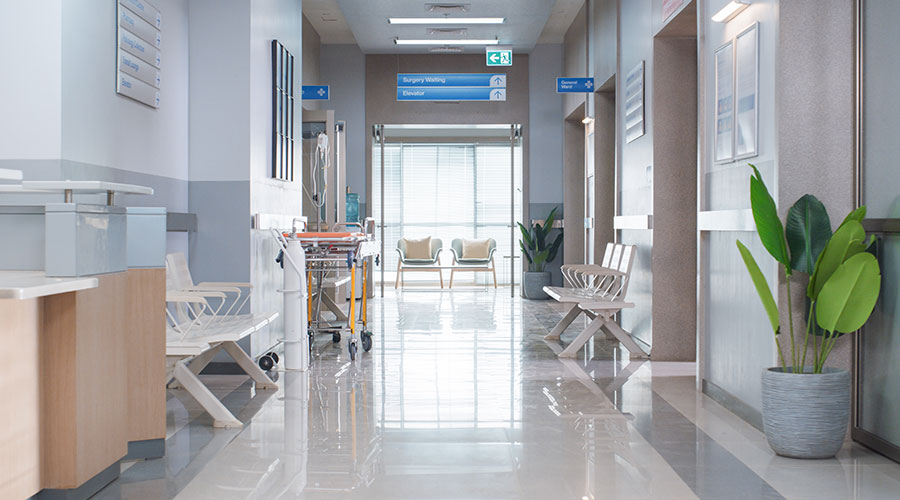When extreme temperatures strike, pipe bursts can cripple property owners with millions of dollars in water damage. As the U.S. continues to see “the coldest air in a generation,” the Institute of Inspection, Cleaning and Restoration Certification (IICRC) offers tips to help home and business owners combat pipe bursts and water damage.
“Water can often be a property owner’s biggest enemy,” said Pete Duncanson, IICRC Chairman. “Pipe bursts alone can bring in thousands of gallons of water, and when coupled with subfreezing temperatures, the problem grows exponentially.”
To help home and business owners combat frozen pipes and resulting water damage, the IICRC offers the following tips:
To Thaw Frozen Pipes:
- Locate the problem pipe, if possible, and open a faucet. As the pipe thaws, running water aids the melting process.
- Apply heat to the frozen section using a hand‐held hair dryer or portable electric space heater. Do not use a blow torch as it could be a fire hazard. Do not use a propane or kerosene heater as these are hazardous for indoor use.
- If you are unable to locate or access the frozen pipe area, call a licensed plumber.
If Water Damage Occurs, Tips for Clean‐Up:
- Shut off the main water valve, if practical, and call a plumber to fix the leak.
- Call an IICRC certified professional water restoration firm immediately for mitigation services. IICRC Certified Firms have the knowledge, experience and equipment to locate water wherever it goes, remove the excess and dry your structure to industry standards. To locate a Certified Firm nearest you, or to confirm the certification of any company, visit https://www.iicrc.org/iicrcgloballocator.
- Mop up standing water on flooring surfaces to prevent slip and fall hazards. If the burst pipe is overhead, drain ceiling cavities by punching “weep” holes.
- Prevent mold growth. Although it takes a few days to appear, mold thrives on wood, paper, particle board or even household soil, when stagnant air, moisture and temperatures between 68-86 degrees are present.
- Wet clothing usually is salvageable. A 10‐minute wash cycle in detergent and hot water should sanitize washable clothing and many household fabrics.
- Dry out before you rebuild. Professional water restorers have a variety of instruments to determine when a building is dry and to prevent on‐going microbial growth. Drying should not stop until wood or drywall moisture content falls below 16 percent. Normal moisture content is around 10 percent in most areas of the country.
Immediately a water damage incident, home and business owners should contact their insurance provider for a water damage and mold remediation assessment by an adjuster. Insurance companies can often provide a list of credible restoration companies from which owners can choose. As an international non-profit organization, the IICRC is dedicated to providing advice to property owners on proper and safe clean-up, and providing certification to professionals in water damage restoration and mold remediation.
For more information on resources to aid with disaster preparedness and response, visit the IICRC’s Disaster Resource Page at https://www.iicrc.org/IICRCResources.
 Designing Healthcare Facilities for Pediatric and Geriatric Populations
Designing Healthcare Facilities for Pediatric and Geriatric Populations Kaiser Permanente Announces New Hospital Tower at Sunnyside Medical Center
Kaiser Permanente Announces New Hospital Tower at Sunnyside Medical Center Building Disaster Resilience Through Collaboration
Building Disaster Resilience Through Collaboration Amae Health Expands to New York City
Amae Health Expands to New York City Hospital for Special Surgery Opens Two New Facilities in New Jersey
Hospital for Special Surgery Opens Two New Facilities in New Jersey